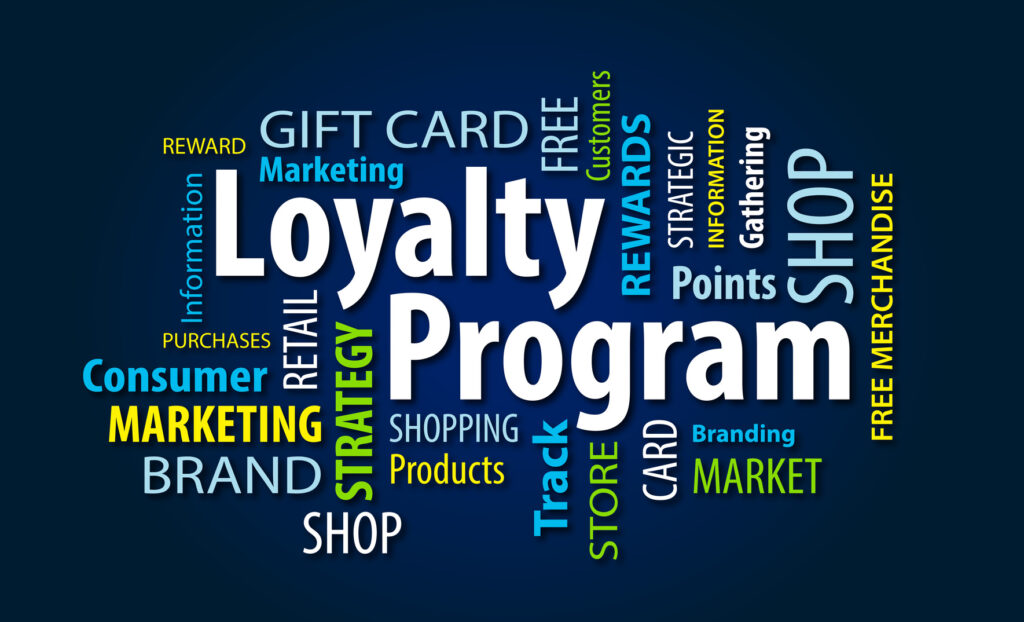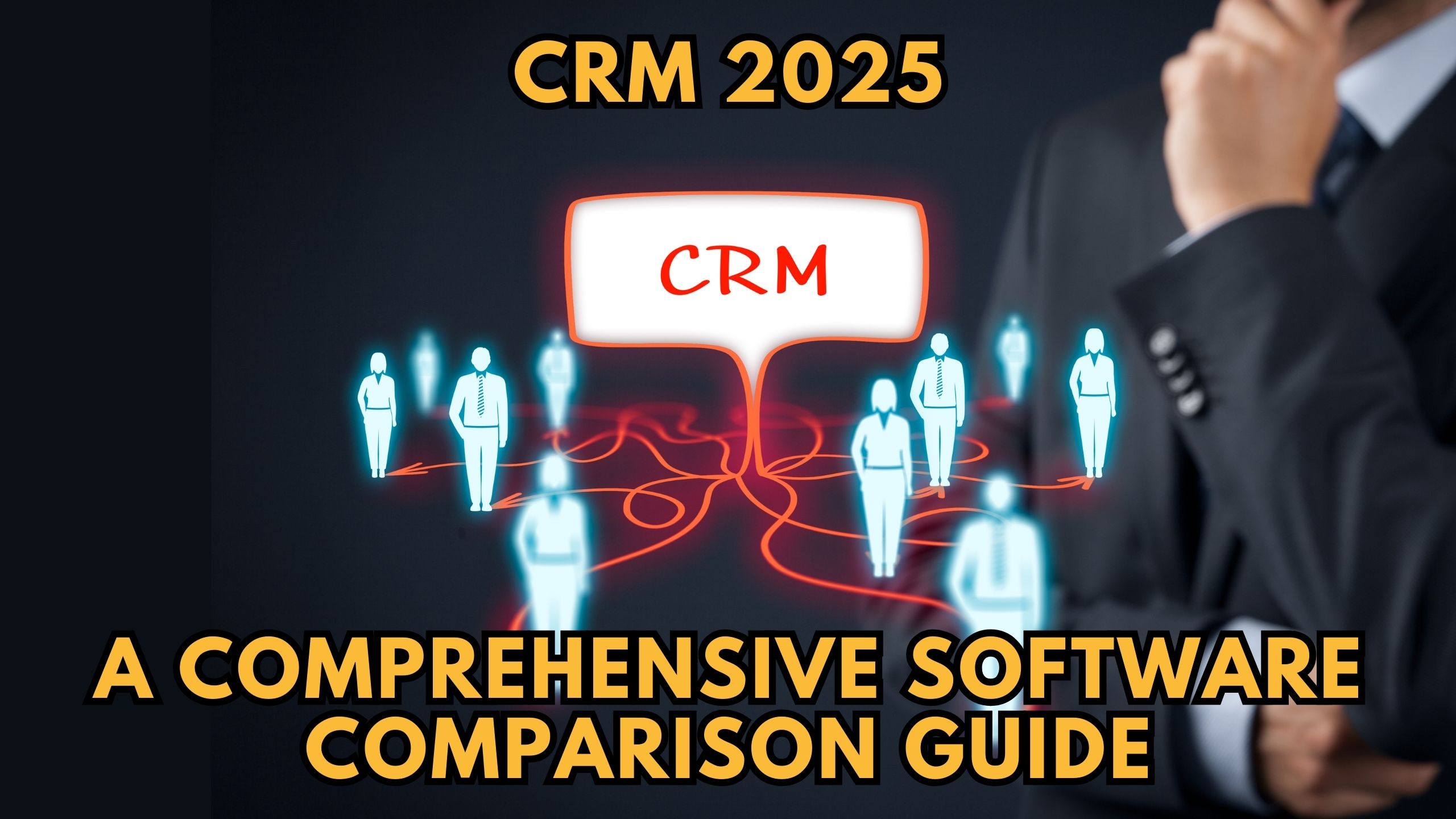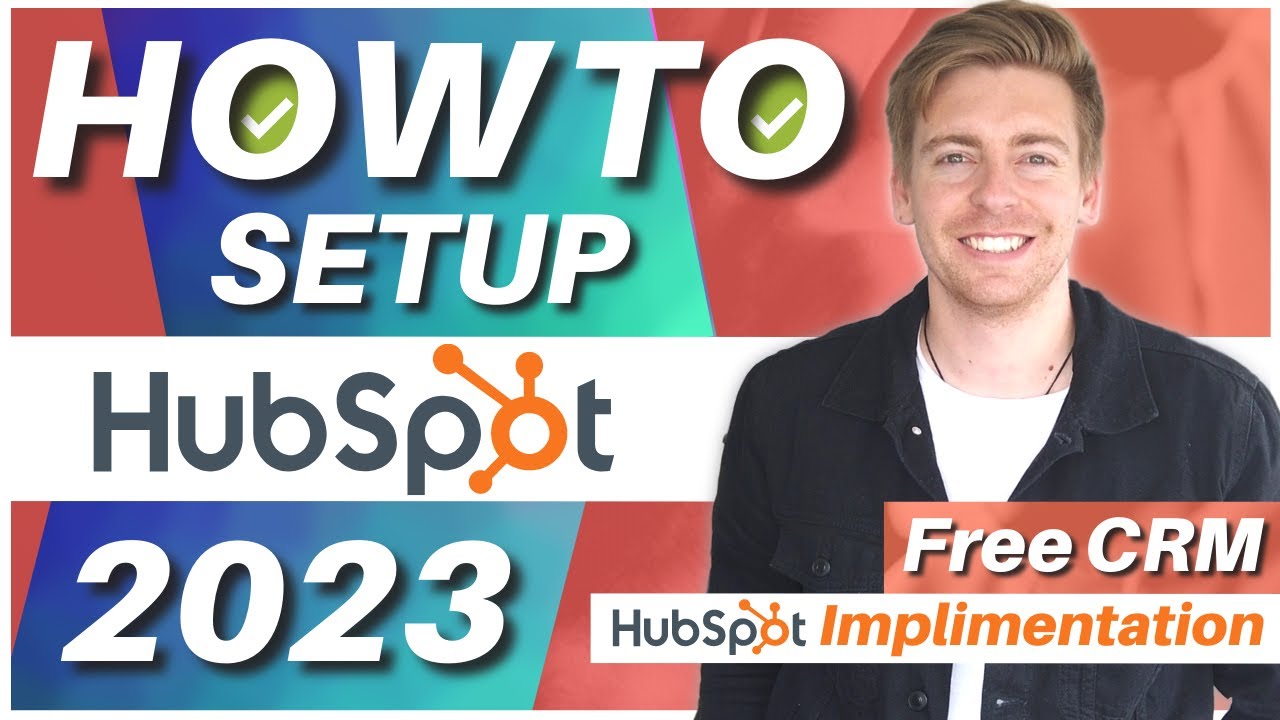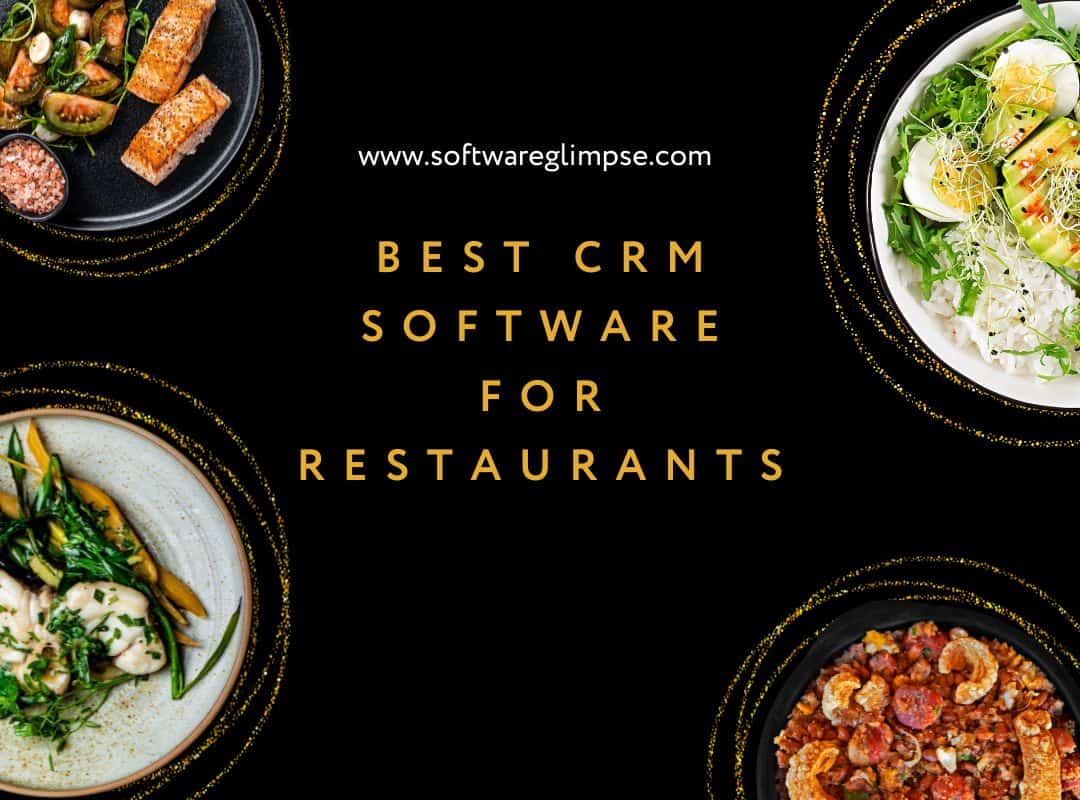
The Power of CRM Marketing and Loyalty Programs: A Winning Combination
In today’s fiercely competitive business landscape, building strong customer relationships is no longer optional; it’s essential. And that’s where the dynamic duo of CRM marketing and loyalty programs steps in. These strategies work hand-in-hand, creating a powerful engine for customer acquisition, retention, and overall business growth. This article will delve deep into the world of CRM marketing and loyalty programs, exploring their individual strengths, how they complement each other, and how you can leverage them to cultivate lasting customer loyalty. We’ll cover everything from the basics to advanced strategies, providing you with the knowledge and insights to build a thriving customer-centric business.
Understanding CRM Marketing: The Foundation of Customer Relationships
CRM, or Customer Relationship Management, is more than just a software system; it’s a philosophy, a strategy, and a set of processes focused on understanding and nurturing customer relationships. CRM marketing, in essence, is the application of CRM principles to marketing efforts. It involves using customer data and insights to create targeted, personalized, and relevant marketing campaigns.
Here’s a breakdown of the core components of CRM marketing:
- Data Collection and Management: CRM systems serve as a central hub for collecting and organizing customer data. This data can include contact information, purchase history, website behavior, social media interactions, and more. The quality and completeness of this data are crucial for effective CRM marketing.
- Customer Segmentation: CRM allows businesses to segment their customer base based on various criteria, such as demographics, purchase behavior, and engagement levels. This segmentation enables marketers to tailor their messaging and offers to specific customer groups.
- Personalized Marketing: CRM empowers marketers to deliver personalized experiences to customers. This can include personalized email campaigns, product recommendations, and website content. Personalization increases engagement and drives conversions.
- Automation: CRM systems often include marketing automation features that streamline repetitive tasks, such as email marketing, lead nurturing, and social media posting. Automation frees up marketers to focus on more strategic initiatives.
- Analytics and Reporting: CRM provides valuable insights into marketing performance. Marketers can track key metrics, such as customer acquisition cost, customer lifetime value, and campaign ROI. These insights inform decision-making and optimize marketing efforts.
The benefits of CRM marketing are numerous, including:
- Improved Customer Retention: By understanding customer needs and preferences, businesses can proactively address their concerns and provide exceptional service, leading to increased customer loyalty and retention.
- Increased Sales and Revenue: Personalized marketing campaigns and targeted offers drive conversions and increase sales.
- Enhanced Customer Satisfaction: Providing relevant and timely information and support leads to happier customers.
- Better Marketing ROI: By targeting the right customers with the right messages, CRM marketing maximizes the effectiveness of marketing spend.
- Streamlined Processes: Automation features improve efficiency and reduce manual tasks.
The Anatomy of a Successful Loyalty Program
Loyalty programs are designed to reward customers for their continued patronage, encouraging repeat purchases and fostering a sense of belonging. These programs come in various forms, but they all share the common goal of building customer loyalty. A well-designed loyalty program can be a powerful tool for driving customer retention and advocacy.
Here are the key elements of a successful loyalty program:
- Clearly Defined Goals: Before launching a loyalty program, it’s essential to define its objectives. Are you aiming to increase repeat purchases, boost customer lifetime value, or gather valuable customer data?
- Attractive Rewards: The rewards offered must be desirable and relevant to your target audience. Consider offering discounts, free products, exclusive access, or personalized experiences.
- Easy Enrollment and Participation: The enrollment process should be simple and straightforward. Make it easy for customers to join and earn rewards.
- Seamless Integration: Integrate the loyalty program with your existing systems, such as your CRM and e-commerce platform, to track customer activity and manage rewards.
- Personalization: Tailor the program to individual customer preferences and behaviors. Offer personalized rewards and experiences to enhance engagement.
- Effective Communication: Communicate regularly with members about their rewards, points balance, and exclusive offers.
- Data Analysis and Optimization: Track the performance of your loyalty program and make adjustments as needed. Analyze customer behavior and preferences to optimize the program for maximum impact.
Types of Loyalty Programs:
- Points-Based Programs: Customers earn points for every purchase or other actions, which can be redeemed for rewards.
- Tiered Programs: Customers are assigned to different tiers based on their spending or engagement levels, with each tier offering progressively better rewards.
- Paid Programs: Customers pay a membership fee to gain access to exclusive benefits and rewards.
- Partnership Programs: Collaborate with other businesses to offer rewards and benefits to your customers.
The advantages of a robust loyalty program are significant:
- Increased Customer Retention: Loyalty programs incentivize customers to return to your business, reducing churn.
- Higher Customer Lifetime Value: Loyal customers tend to spend more over time.
- Improved Customer Advocacy: Happy and loyal customers are more likely to recommend your business to others.
- Valuable Customer Data: Loyalty programs provide valuable insights into customer behavior and preferences.
- Competitive Advantage: A well-designed loyalty program can differentiate your business from competitors.
The Symbiotic Relationship: How CRM and Loyalty Programs Work Together
CRM marketing and loyalty programs are not mutually exclusive; they are highly complementary. When integrated effectively, they create a powerful synergy that drives customer loyalty and business growth. CRM provides the data and insights that fuel the loyalty program, while the loyalty program provides opportunities to gather more data and personalize the customer experience.
Here’s how they work together:
- Data-Driven Personalization: CRM data allows you to personalize the loyalty program experience. For example, you can offer birthday rewards, product recommendations based on purchase history, or exclusive offers based on customer preferences.
- Targeted Communication: Use CRM to segment your loyalty program members and send targeted communications. This can include personalized emails, SMS messages, and in-app notifications.
- Behavior-Based Rewards: Reward customers for specific behaviors, such as making repeat purchases, referring new customers, or engaging with your social media content. CRM data can track these behaviors and trigger rewards automatically.
- Customer Segmentation for Loyalty Programs: Leverage CRM data to segment customers for your loyalty program. This allows you to tailor your program to different customer groups. For example, you might offer a special tier for high-value customers or a unique reward for customers who have been with you for a long time.
- Feedback and Improvement: Use CRM to gather feedback from loyalty program members and make improvements to the program. This can include surveys, feedback forms, and social media monitoring.
Integrating CRM and loyalty programs allows businesses to:
- Create a 360-Degree View of the Customer: By combining data from CRM and the loyalty program, you gain a comprehensive understanding of each customer’s behavior, preferences, and interactions with your business.
- Deliver Personalized Experiences: This allows you to create highly personalized experiences that resonate with individual customers, increasing engagement and loyalty.
- Optimize Marketing ROI: By targeting the right customers with the right messages, you can maximize the effectiveness of your marketing spend.
- Increase Customer Lifetime Value: By rewarding loyal customers and providing exceptional service, you can increase their lifetime value.
- Drive Business Growth: Ultimately, integrating CRM and loyalty programs leads to increased customer retention, higher sales, and sustainable business growth.
Implementing a CRM-Driven Loyalty Program: A Step-by-Step Guide
Implementing a CRM-driven loyalty program involves careful planning and execution. Here’s a step-by-step guide to help you get started:
- Define Your Goals and Objectives: What do you hope to achieve with your loyalty program? Increase sales, improve customer retention, gather more customer data, or a combination of these?
- Choose a CRM and Loyalty Program Platform: Select a CRM system and a loyalty program platform that meet your business needs. Ensure that the two platforms can integrate seamlessly.
- Segment Your Customer Base: Use your CRM data to segment your customer base based on demographics, purchase behavior, and engagement levels.
- Design Your Loyalty Program: Determine the structure of your loyalty program (points-based, tiered, etc.), the rewards you will offer, and the enrollment process.
- Integrate Your CRM and Loyalty Program: Connect your CRM and loyalty program platforms to ensure that data flows smoothly between them.
- Develop Targeted Communications: Create personalized email campaigns, SMS messages, and in-app notifications to communicate with your loyalty program members.
- Launch Your Program: Promote your loyalty program to your customers and encourage them to enroll.
- Track and Analyze Results: Monitor the performance of your loyalty program and make adjustments as needed. Track key metrics, such as enrollment rates, redemption rates, and customer lifetime value.
- Continuously Optimize: Regularly review your program’s performance and make changes to optimize it. Gather feedback from customers and make improvements based on their input.
Best Practices for CRM Marketing and Loyalty Programs
To maximize the effectiveness of your CRM marketing and loyalty programs, consider these best practices:
- Focus on Customer Experience: Prioritize the customer experience in every aspect of your CRM marketing and loyalty programs. Make it easy for customers to interact with your business and reward them for their loyalty.
- Personalize, Personalize, Personalize: Leverage your CRM data to personalize every interaction with your customers. Tailor your messaging, offers, and rewards to individual customer preferences and behaviors.
- Make it Mobile-Friendly: Ensure that your CRM and loyalty program are accessible on mobile devices. Many customers prefer to interact with businesses on their smartphones.
- Automate, But Don’t Over-Automate: Use automation to streamline your marketing efforts, but don’t overdo it. Maintain a human touch in your communications.
- Be Transparent: Be transparent with your customers about how you collect and use their data. Provide clear terms and conditions for your loyalty program.
- Measure and Analyze: Track the performance of your CRM marketing and loyalty programs and analyze the results. Use the data to make improvements and optimize your efforts.
- Keep it Simple: Don’t overcomplicate your loyalty program. Make it easy for customers to understand and participate.
- Offer Value: Ensure that your loyalty program offers real value to your customers. Provide rewards that they will appreciate and use.
- Stay Consistent: Maintain a consistent brand voice and messaging across all your marketing channels.
- Be Proactive: Anticipate customer needs and proactively address their concerns.
Common Challenges and How to Overcome Them
While CRM marketing and loyalty programs offer significant benefits, businesses may encounter some challenges along the way. Here are some common challenges and how to overcome them:
- Data Quality Issues: Inaccurate or incomplete customer data can undermine the effectiveness of your CRM marketing and loyalty programs. To overcome this, implement data cleansing processes, validate data regularly, and encourage customers to update their information.
- Integration Challenges: Integrating your CRM and loyalty program platforms can be complex. Choose platforms that integrate seamlessly and work with experienced IT professionals to ensure a smooth integration.
- Low Customer Engagement: If customers aren’t engaging with your loyalty program, you may need to re-evaluate your rewards, communication strategies, or enrollment process. Try offering more relevant rewards, personalizing your communications, and making it easier for customers to participate.
- Lack of Personalization: If your marketing efforts aren’t personalized, you may not be connecting with your customers effectively. Leverage your CRM data to segment your customer base and tailor your messaging and offers to specific customer groups.
- Measuring ROI: It can be challenging to measure the ROI of your CRM marketing and loyalty programs. Track key metrics, such as customer acquisition cost, customer lifetime value, and campaign ROI. Use this data to optimize your efforts and demonstrate the value of these programs.
- Budget Constraints: Implementing and maintaining CRM marketing and loyalty programs can be expensive. Prioritize your investments, start small, and scale your efforts as your business grows. Consider starting with a free or low-cost CRM and loyalty program platform.
The Future of CRM Marketing and Loyalty Programs
The future of CRM marketing and loyalty programs is bright, with several trends shaping the industry:
- Artificial Intelligence (AI): AI is being used to personalize customer experiences, automate marketing tasks, and predict customer behavior. Expect to see more AI-powered CRM and loyalty program platforms in the future.
- Hyper-Personalization: Businesses are moving beyond basic personalization to hyper-personalization, tailoring every interaction with customers to their individual preferences and behaviors.
- Omnichannel Experiences: Customers expect seamless experiences across all channels. Businesses are integrating their CRM and loyalty programs with their websites, mobile apps, social media channels, and physical stores.
- Gamification: Gamification is being used to make loyalty programs more engaging. Customers can earn points, badges, and other rewards for completing specific actions.
- Data Privacy: As data privacy regulations become stricter, businesses must prioritize data security and transparency. Customers are increasingly concerned about how their data is used, so businesses must be open and honest about their data practices.
- Focus on Customer Experience: Customer experience is becoming the ultimate differentiator. Businesses are investing in creating exceptional customer experiences across all touchpoints.
These trends will continue to shape the landscape of CRM marketing and loyalty programs, creating new opportunities for businesses to build stronger customer relationships and drive growth.
Conclusion: Cultivating Lasting Loyalty with CRM and Loyalty Programs
CRM marketing and loyalty programs are powerful tools for building customer loyalty and driving business growth. By collecting and analyzing customer data, personalizing marketing campaigns, and rewarding loyal customers, businesses can create lasting relationships that generate repeat purchases, increased customer lifetime value, and positive word-of-mouth referrals.
By implementing the strategies and best practices outlined in this article, businesses can unlock the full potential of CRM marketing and loyalty programs and cultivate a loyal customer base that fuels long-term success. Embrace the power of data, personalization, and exceptional customer experiences, and watch your business thrive. Remember, building loyalty is a journey, not a destination. Continuously refine your strategies, adapt to changing customer expectations, and always put your customers first, and you’ll be well on your way to achieving lasting success.


